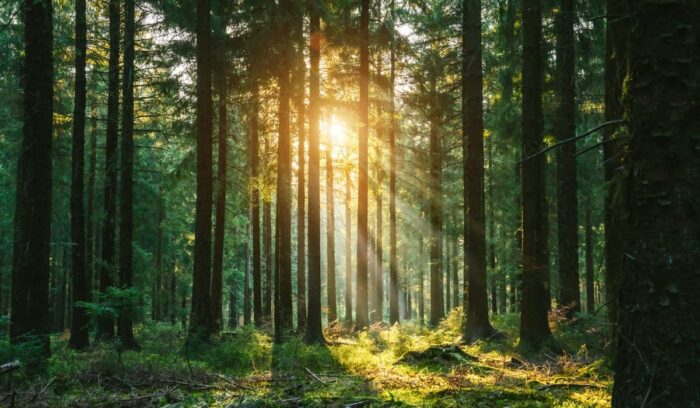
Good News for Humankind 🌏
Our newsletter features the latest good news from around the world for climate, justice, freedom, peace, and health
-
Sudan launches first malaria vaccine in landmark child health initiative
And nine more of humanity’s positive milestones for climate, justice, freedom, peace, and health from the week of October 28 – November 4 2024.
-
The Azores creates largest marine protected area network in the North Atlantic
And nine more of humanity’s positive milestones for climate, justice, freedom, peace, and health from the week of October 28 – November 4 2024.
-
China adds unprecedented 160 GW of solar power in first 3 quarters of 2024
And nine more of humanity’s positive milestones for climate, justice, freedom, peace, and health from the week of October 21 – 27 2024.
-
India unveils whopping $109 billion transmission plan for renewable energy
And nine more of humanity’s positive milestones for climate, justice, freedom, peace, and health from the week of October 14 – 20 2024.
Purpose 101 💡
Insights on personal growth and social change to help you find your way
Find your change leader archetype
Stop trying to save the world
Can you have purpose and passion?
1 on 1 Coaching
For people in search of more fulfilling and impactful careers, relationships, and creative projects
Peter is here to serve as your coach, guide, thought partner, sounding board, mirror, accountability buddy, cheerleader, challenger, and confidant through your greatest challenges.
- Sustain success and fulfillment at work
- Transition into a new role, project, or life chapter
- Learn to lead yourself and others
- Overcome unhelpful behavior patterns
- Offer your unique talent as a gift to the world

Our newsletter: good news from around the world
The latest laws, policies, science, and technology leading the way toward our brighter future







